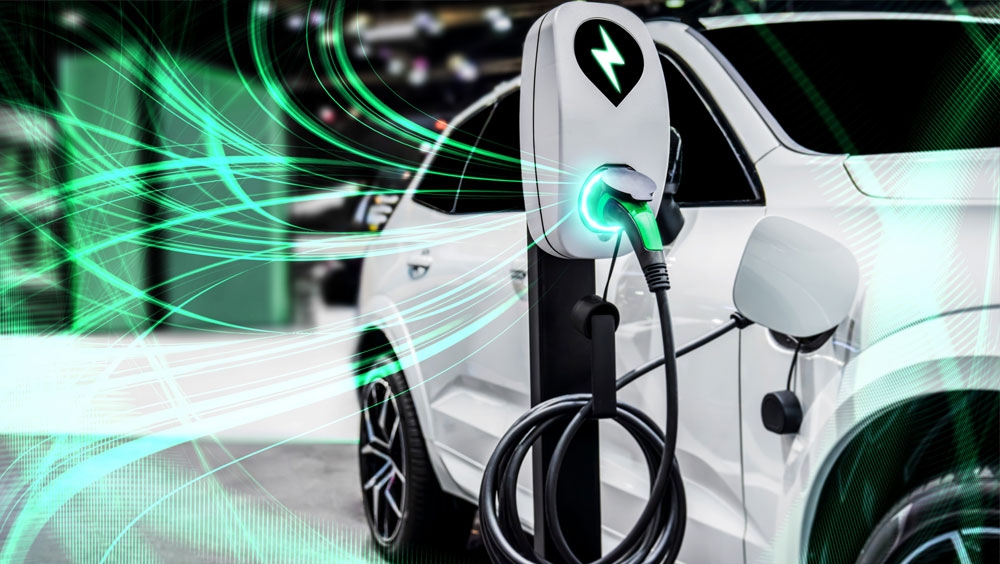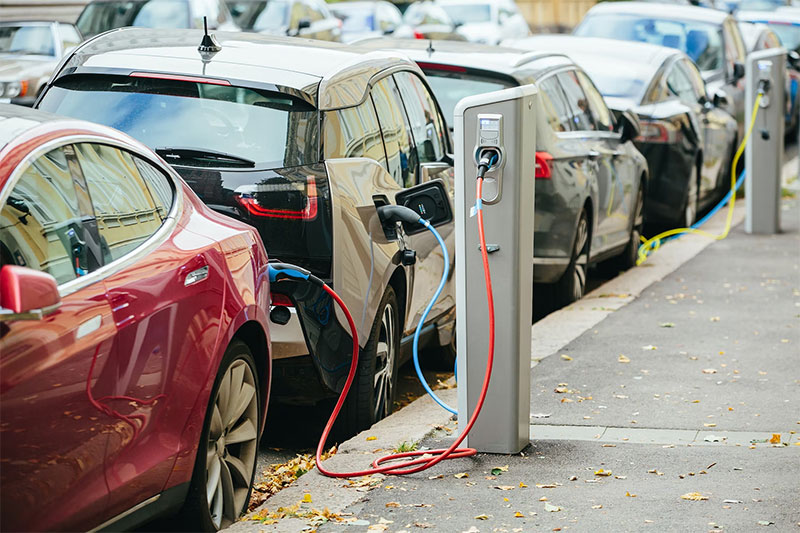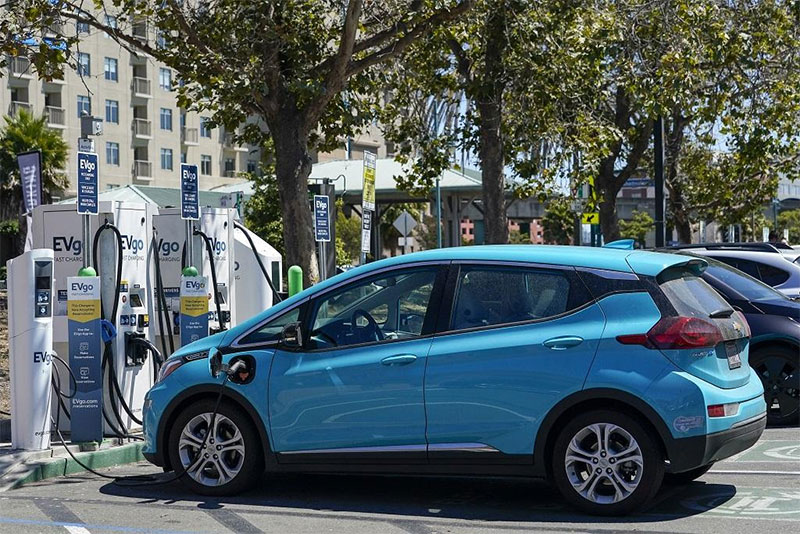
Many people have never even driven an electric vehicle, but the mass transition to EVs might be rapidly approaching. When applied to electric car sales, the S-curve of technology life cycles suggests exponential growth in the near future.
The S-Curve of Electric Car Adoption

The technology life cycle S-curve shows innovation from its early development, to a steep adoption acceleration, to finally a stabilized rate once technology reaches maturity. Technology has seen this happen before with the internet, computers, and iPhones.
The S-curve theory can likewise apply to EV technology, sales, and mass adoption. Although manufacturers started developing and advertising EVs in the 90s, these vehicles failed to take off due to poor range, limited technology, and exorbitant price points.
However, Tesla and other manufacturers have pushed innovation over the last few years, resulting in steady growth. In 2020, EV registrations in the U.S. were at 1.8 million, three times more than in 2016, and EV registrations have already surged 60% in the first quarter of 2022.
Drivers Toward Mass EV Adoption

Technology usually hits the steep point of the S-curve once it's financially accessible and competitive. Although there are few EVs available in the low price range, vehicles such as the Tesla Model 3 and Audi E-tron represent some of the largest portion of EV sales despite ranging from approximately $35,000 to $65,900 MSRP.
As battery and manufacturing costs drop, the upward trend of EV sales should become even more dramatic. Increased manufacturers, charging stations, and conventional motor restrictions in addition to improved driving range and other technologies should likewise encourage the S-curve.
